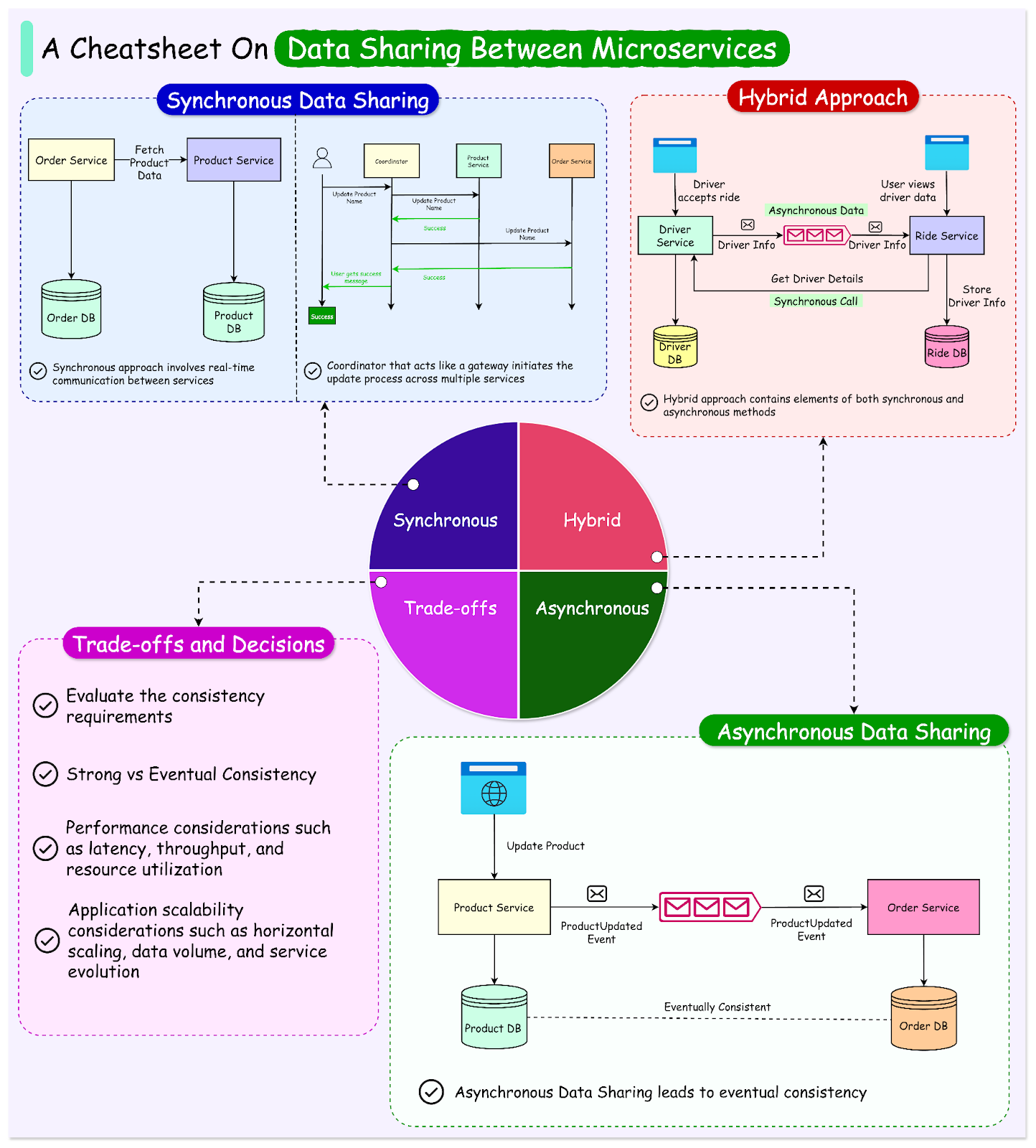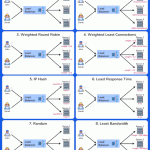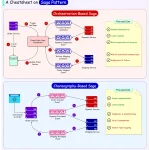Microservices architecture has become popular for building complex, scalable software systems.
This architectural style structures an application as a collection of loosely coupled, independently deployable services. Each microservice is focused on a specific business capability and can be developed, deployed, and scaled independently.
While microservices offer numerous benefits, such as improved scalability, flexibility, and faster time to market, they also introduce significant challenges in terms of data management.
One of the fundamental principles of microservices architecture is that each service should own and manage its data. This principle is often expressed as “don’t share databases between services” and it aims to ensure loose coupling and autonomy among services, allowing them to evolve independently.
However, it’s crucial to distinguish between sharing a data source and sharing data itself. While sharing a data source (e.g., a database) between services is discouraged, sharing data between services is often necessary and acceptable.
In this post, we’ll look at different ways of sharing data between microservices and the various advantages and disadvantages of specific approaches.



